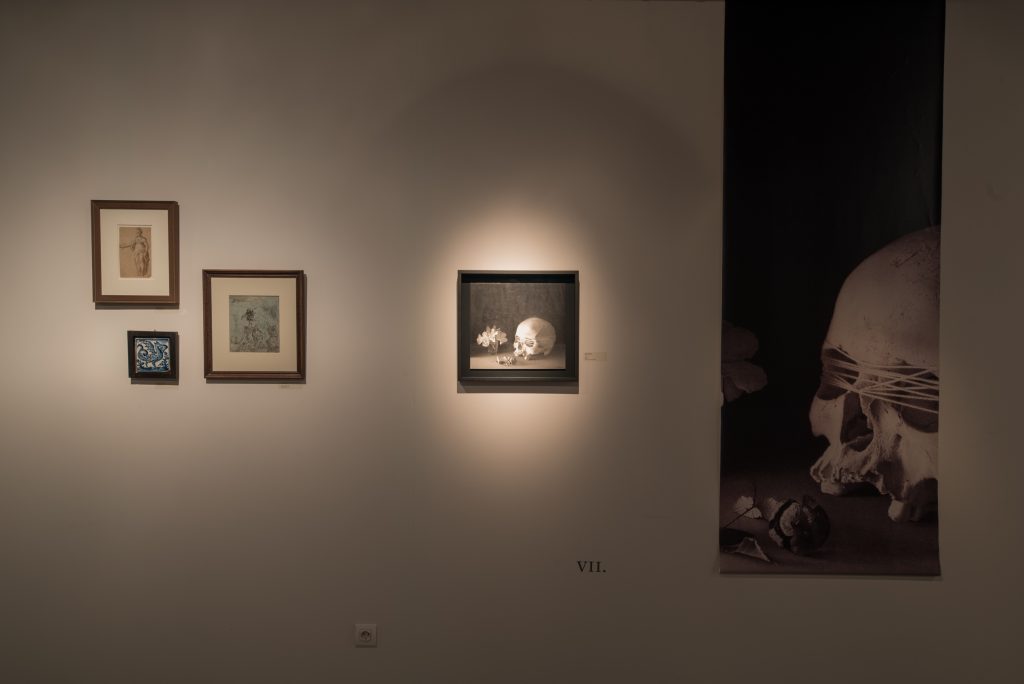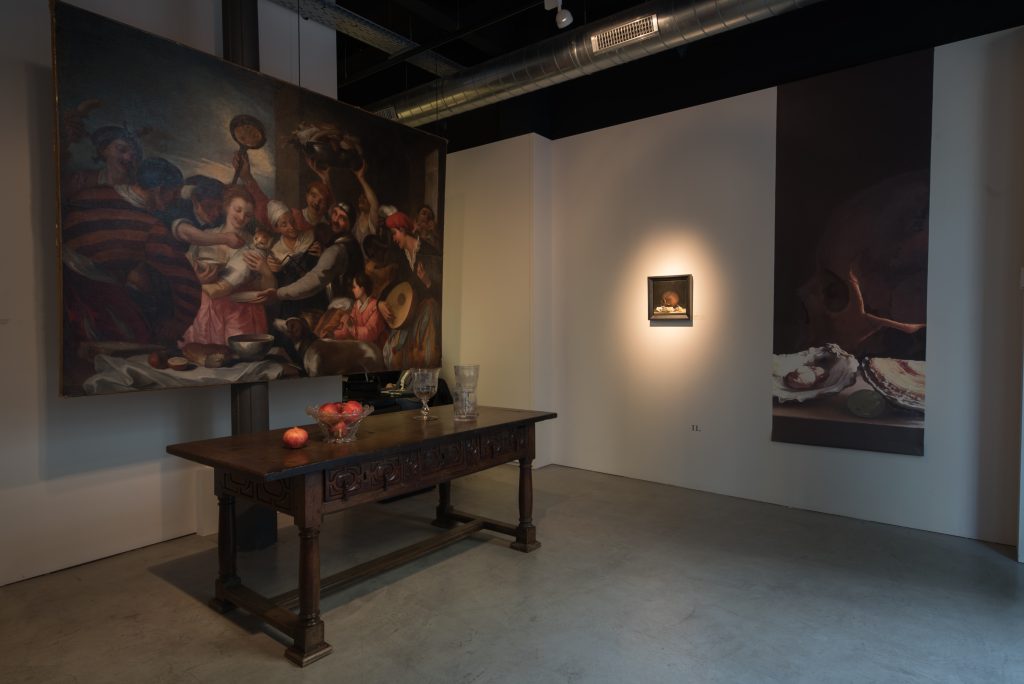The works of Josep Santilari and Pere Santilari dialogue with the historical look of a selection of allegorical pieces from the gallery of Artur Ramon Art; based on human figures, animals or everyday objects, they represent an abstract idea or rhetorical procedure as an allegory of one of the seven deadly sins. Its complexity gives rise to multiple interpretations, but all revolve around the problem of destiny, the struggle for freedom, appearance and reality, free will. In conclusion, the inconsistency of human life and symbolic transcendence.
Alas! Ah, wretched me! Ah, wretched me!
Heaven, here lying all forlorn,
I desire from thee to know,
Since thou thus dost treat me so,
Why have I provoked thy scorn
By the crime of being born?—
Though for being born I feel
Heaven with me must harshly deal,
Since man’s greatest crime on earth
Is the fatal fact of birth —
Sin supreme without appeal.
Pedro Calderón de la Barca, Life Is a Dream (1635). Translation by Denis Florence MacCarthy in Calderon’s Dramas, London 1873.
The dramatist and baroque poet of the Spanish Golden Age shows the philosophical drama of human existence as “life is a dream, / and dreams themselves are dreams”. The approach of Calderón de la Barca revolves around the fact that human existence is nothing more than a deception, just an illusion. Under these conditions, human beings often have no freedom to choose their destiny, so they must fight until they get it… That is the uncertainty of human life.
Calderón presumes that “man’s greatest crime is being born”, since historically the fact of birth has been considered a crime: we come into the world carrying original sin, because we inherit the disobedience to God from our first parents in Paradise. However, the current needs of the system have rendered the biblical mandate obsolete, and “complete” human beings participate fully in society and express everything that concerns their nature. Some impulses have to be repressed in the interest of society and others for the sake of individual development; however, natural growth and self-realization of the individual are the factors that make life good and turn society into a harmonious coexistence.
Born in Badalona in 1959 and trained at the Barcelona University Fine Arts Faculty. Josep Santilari and Pere Santilari are some of the leading exponents of new Catalan realism. His works reveals great technical precision and a realism linked to the contemporary scene, but his roots and paradigms lie in such classical art-history subjects as townscapes, still-life and vanitas.




Video presentation of the artists

